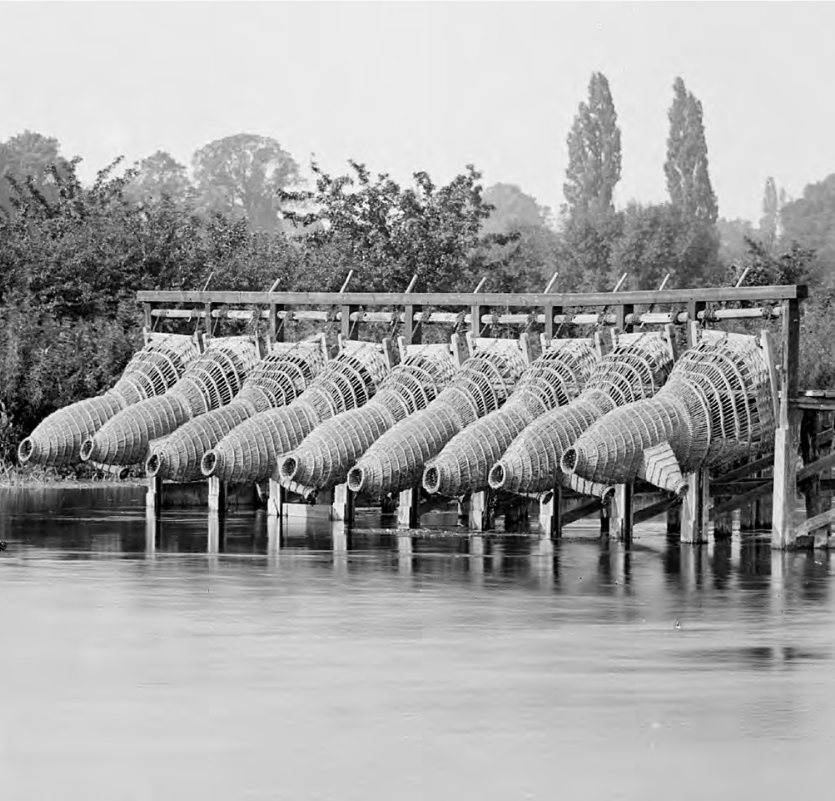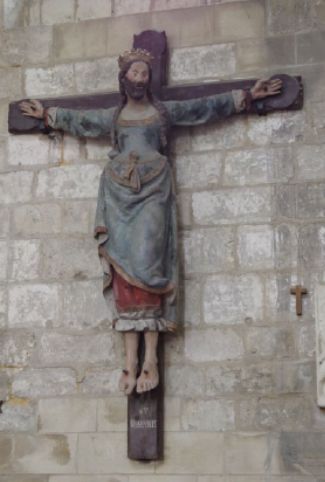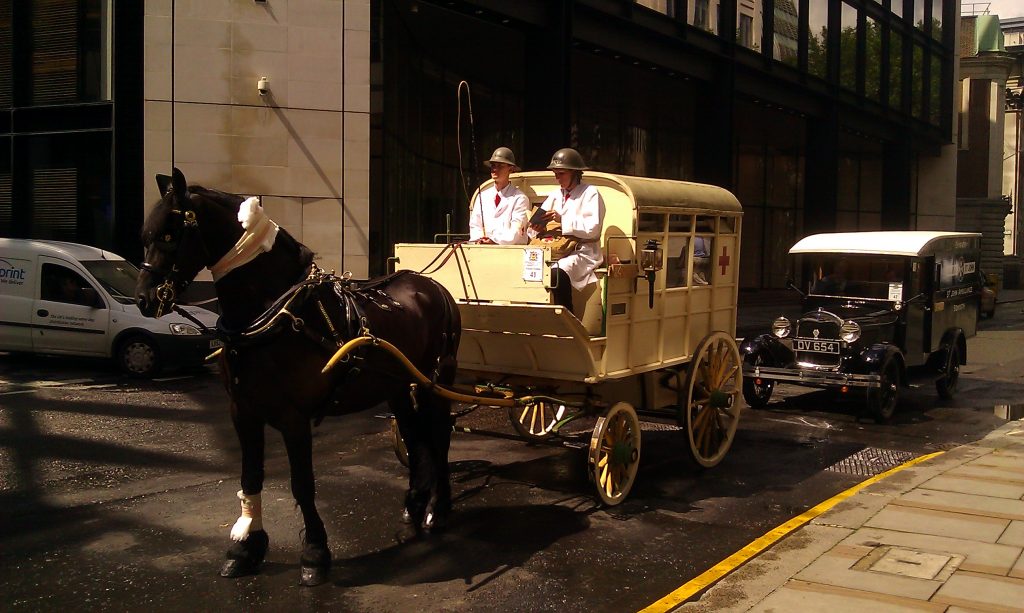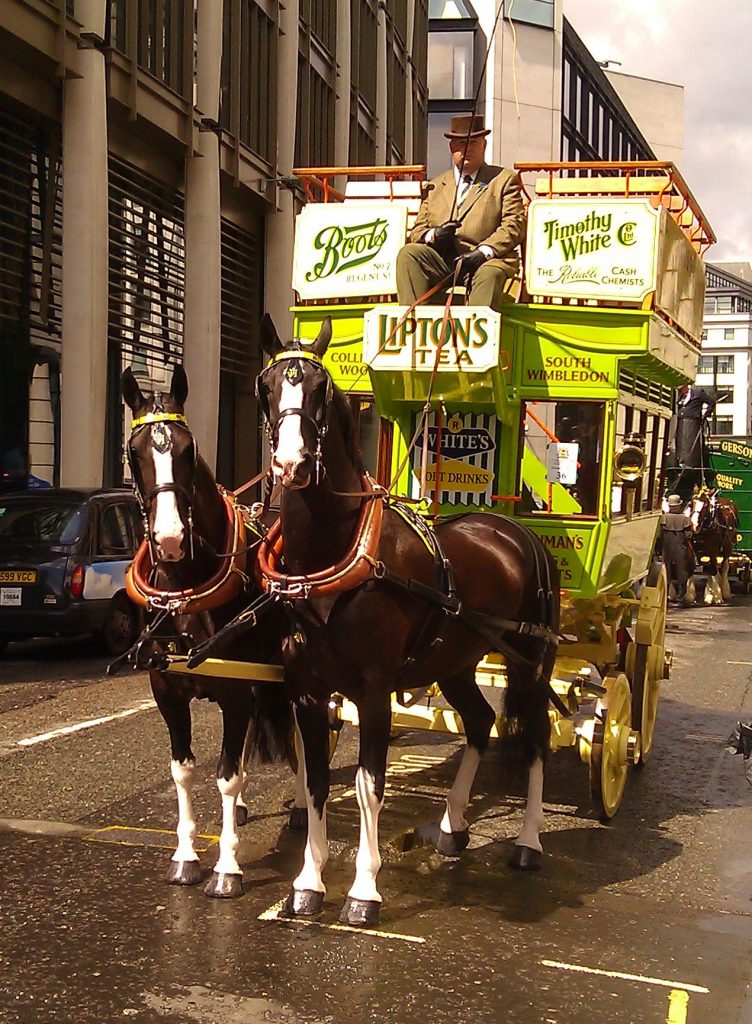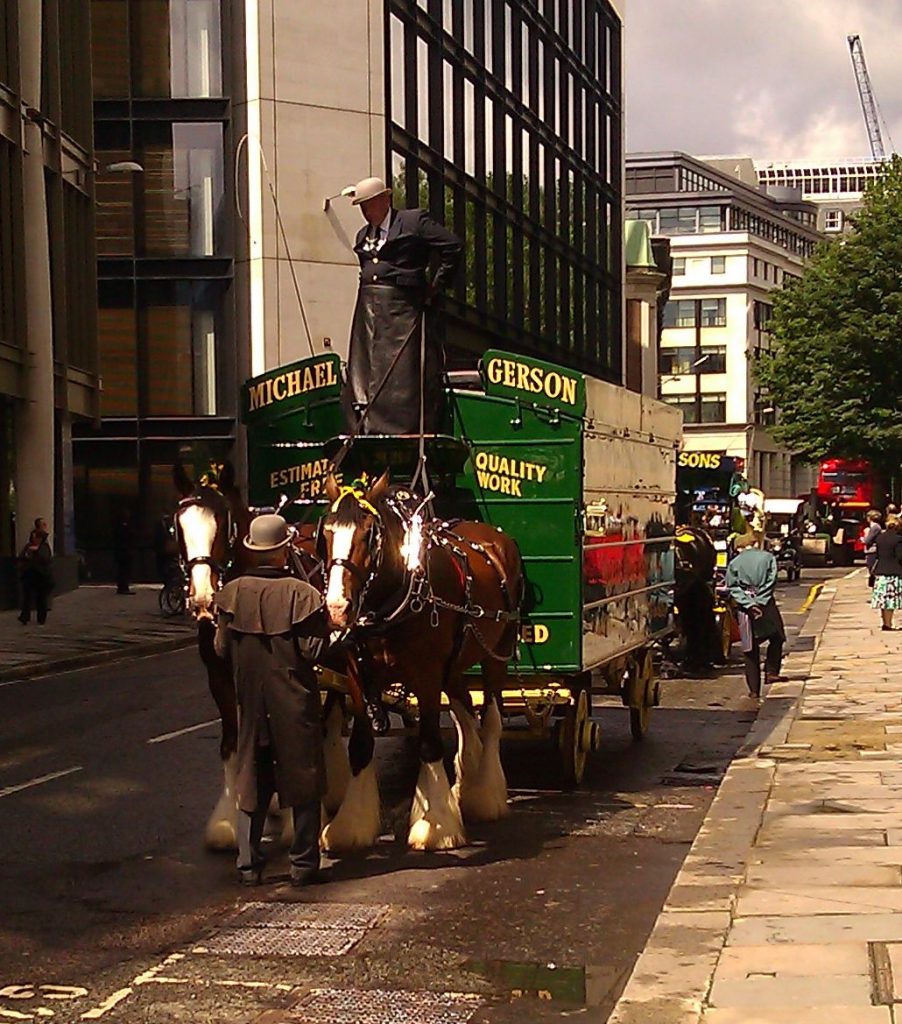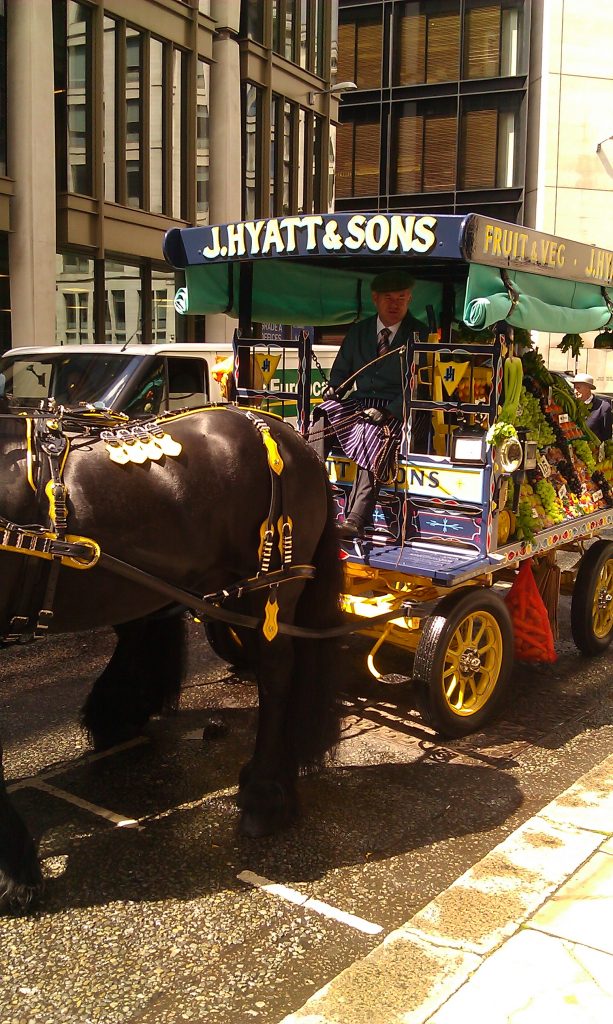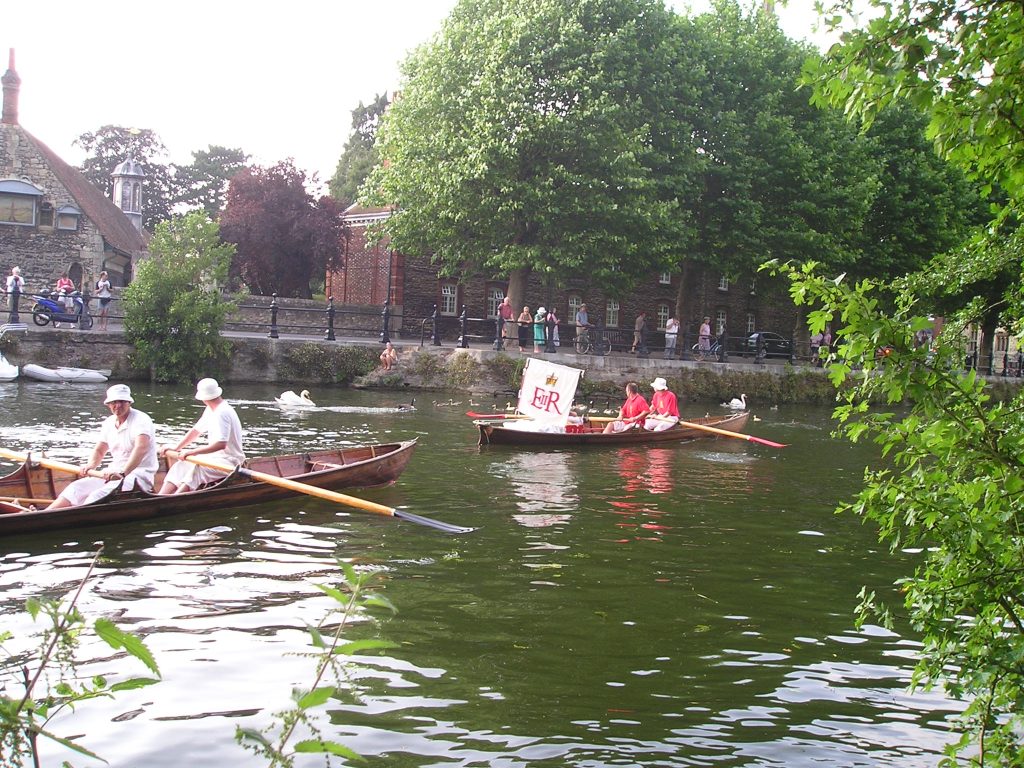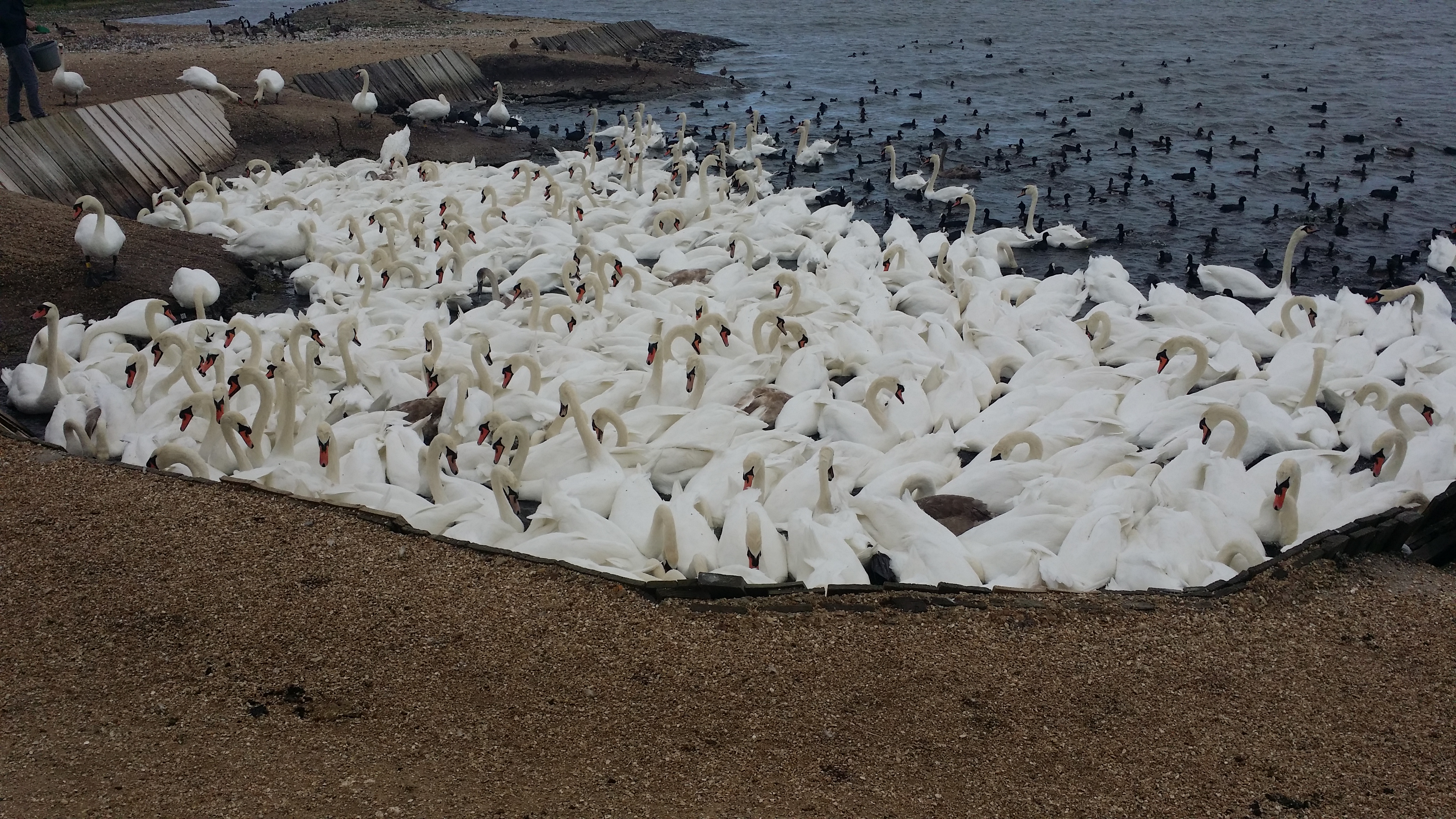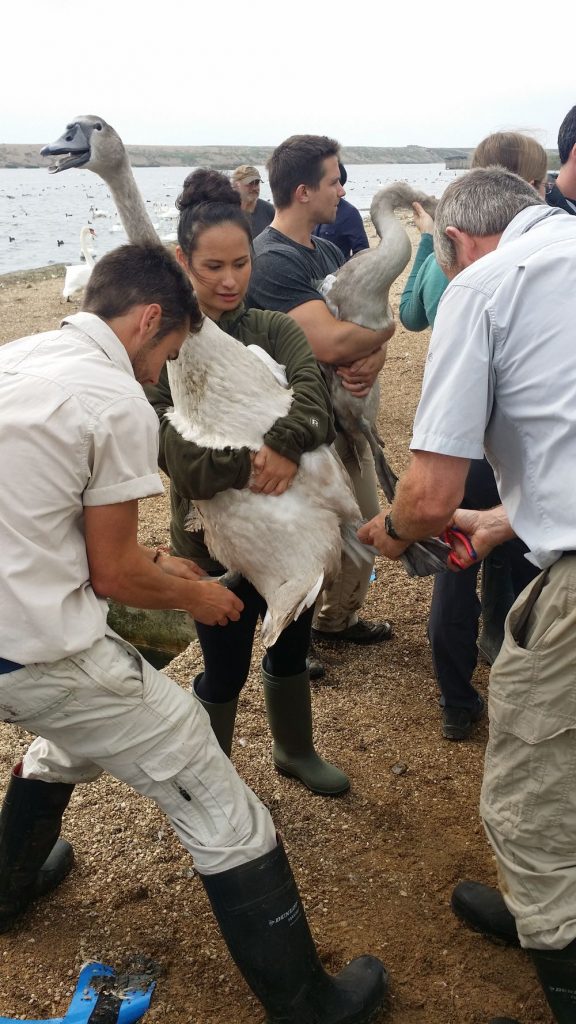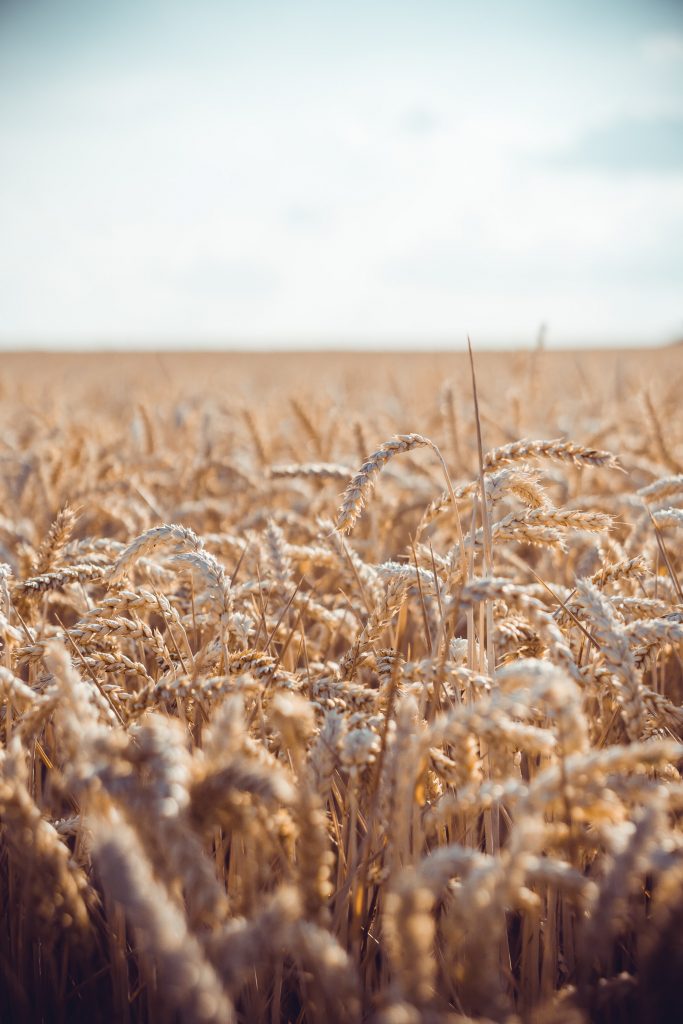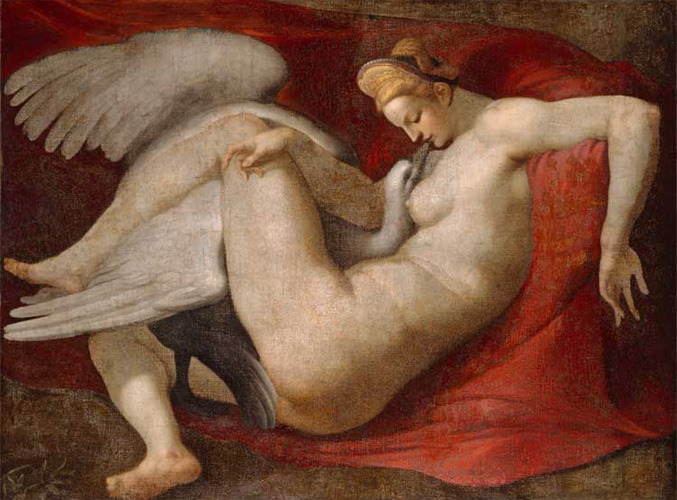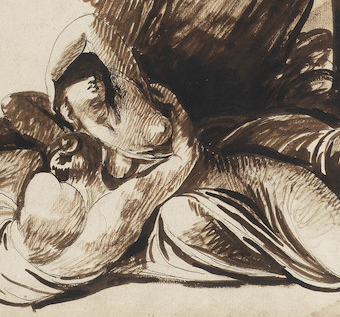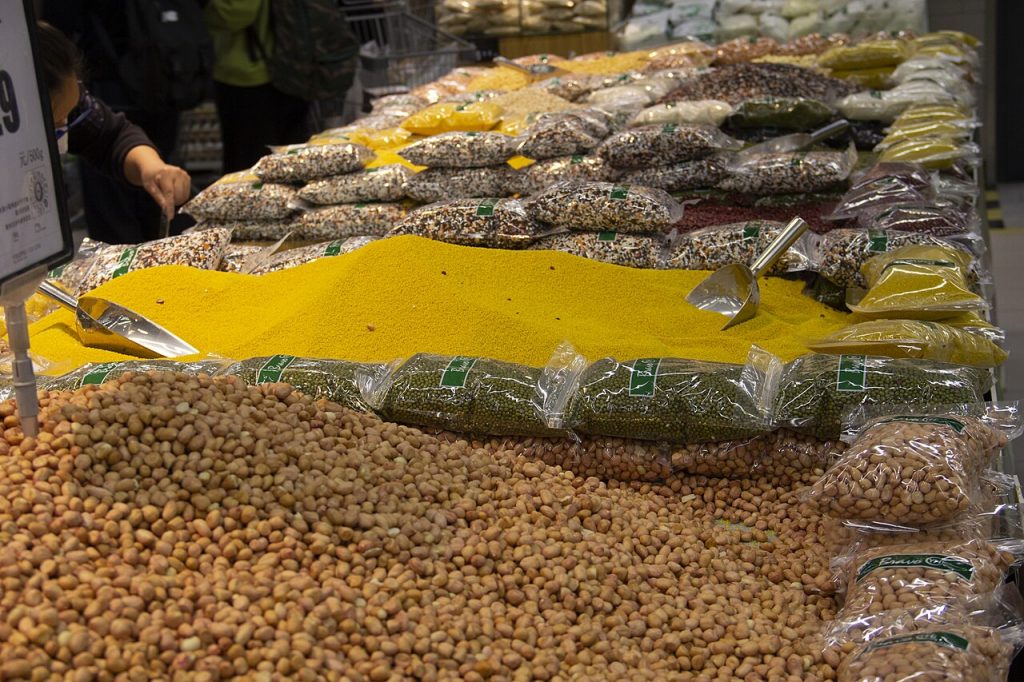
So, I started to write about the importance of beans on July 27th until waylaid by the Earl of Oxford’s Fart (see my post here).
This is the time of year when Beans were being harvested. The humble bean (Broad beans) were surprisingly important for the pre-modern diet. Virgil in his Georgics comments on the fallow system as follows:
‘Likewise, alternate years, let your cut fields lie fallow, and the idle ground harden with neglect: or sow yellow corn, under another star, where you first harvested beans. rich in their quivering pods’
Beans were introduced to the UK in the Bronze Age and are often found in Iron Age sites. But they grew in importance. By the thirteen hundreds beans represented 17% of Leicestershire crops, 30% by 1400 and 46% by 1588, and thereafter declined. Beans fix nitrogen in the soil so would have helped with the general fertility. But they were also a very healthy and filing food which had the added advantage that, when dried, they are virtually indestructible.
Aelfric of the Cistercian Rievaulx Abbey in Yorkshire wrote of eating ‘leaves and egg, fish and cheese, butter and beans’. Beans or peas would also have been eaten with bacon, which is like our Pea and Ham Soup. The salted bacon would provide the salt. Physician Andrew Boorde suggested the Danes lived on Beans and Salt Fish. (A Dyetary of Health 1542.) The place of Broad Beans in our diet has largely been replaced by beans from the Americas.
Elizabeth Tingle in ‘The Bean-Bellies’ of Leicestershire gives an interesting account of how much beans dominated midland farming. A well-known saying was ‘Shake a Leicestershire man by the collar and you may hear the beans rattle in his belly’
The Feudal system in the medieval system had the land owned by the Lord of the Manor, and managed by his Reeve. The land was divided up into three large fields which the Reeve arranged the dividing up of between the peasants. The fields were divided into furlong-length strips. A furlong was a furrow length, and was 220 yards long. By the end of the furrow the ox needed a rest, and were turned around. This system lead to the creation of ridge and furrows which you can often see in fields even to this day. (In Scotland its known as rigg and furrow.) These long ridge and hollows in fields are caused by non-reversible ploughs, which threw up the soil on the same side building it up.
The first field normally grew wheat or sometimes rye. The second field was planted with a mixture of crops which included peas and beans, rye, barley or oats, which are spring crops. The third field was left fallow, which allowed the sheep to graze upon it and their dung helped the field recover. The next year the fields were rotated. There were also water meadows and a common field. The common field was usably by everyone and became vital for the succour of poor people. All its resources could be exploited: for grazing, firewood, mushrooms, etc. The meadows were used to graze cows and then for making hay. ( see my post on haymaking here🙂 The woodland areas would be used for grazing pigs, providing fuel, and wood for manufacturing tools, and structures. Peasants had their own garden plot and often kept a pig.
Apart from the Bean-Belly article linked above, https://hodmedods.co.uk/blogs/news/ and https://charlescordell.com/17th-century-almanac-march were very helpful for this post.
To finish, it has to be with flatulence. Please guess who wrote these quotations:
‘A happy fart never comes from a miserable arse’
‘We are here on earth to fart around. Don’t let anybody tell you any different’
‘Fart for freedom, fart for liberty – and fart proudly’
Ok, here is a clue, the authors are Benjamin Franklin, Kurt Vonnegut and Martin Luther.
Answer Benjamin Franklin (3), Kurt Vonnegut (2) and Martin Luther (1).
First published on 29th July 2025
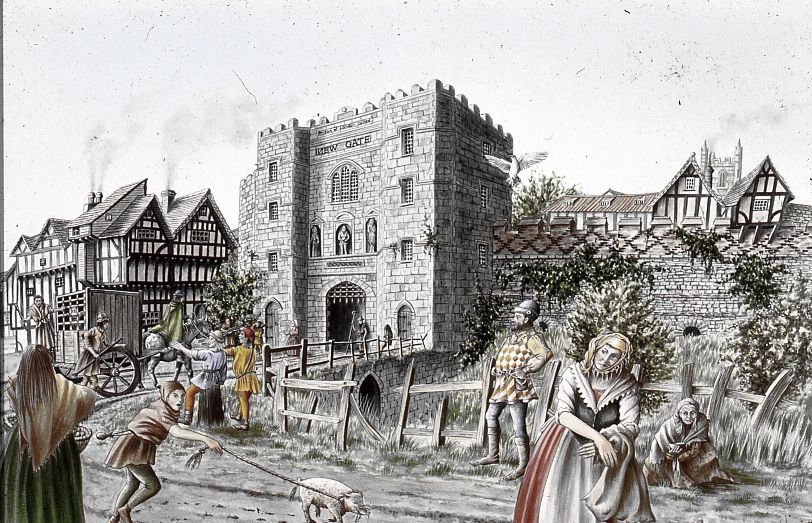

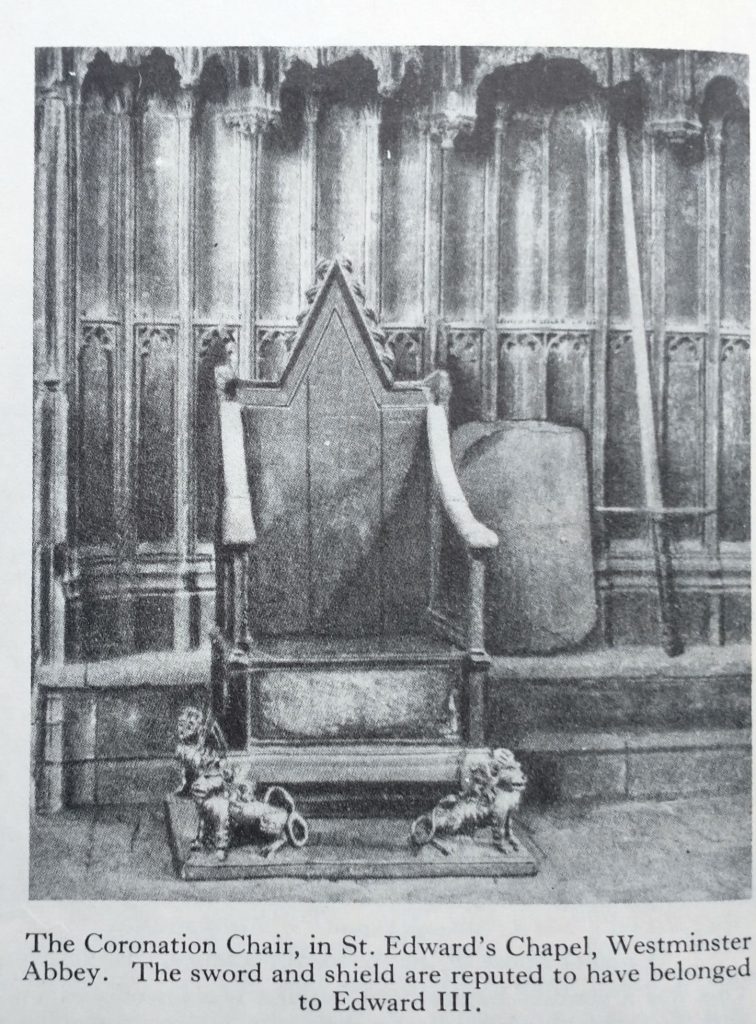
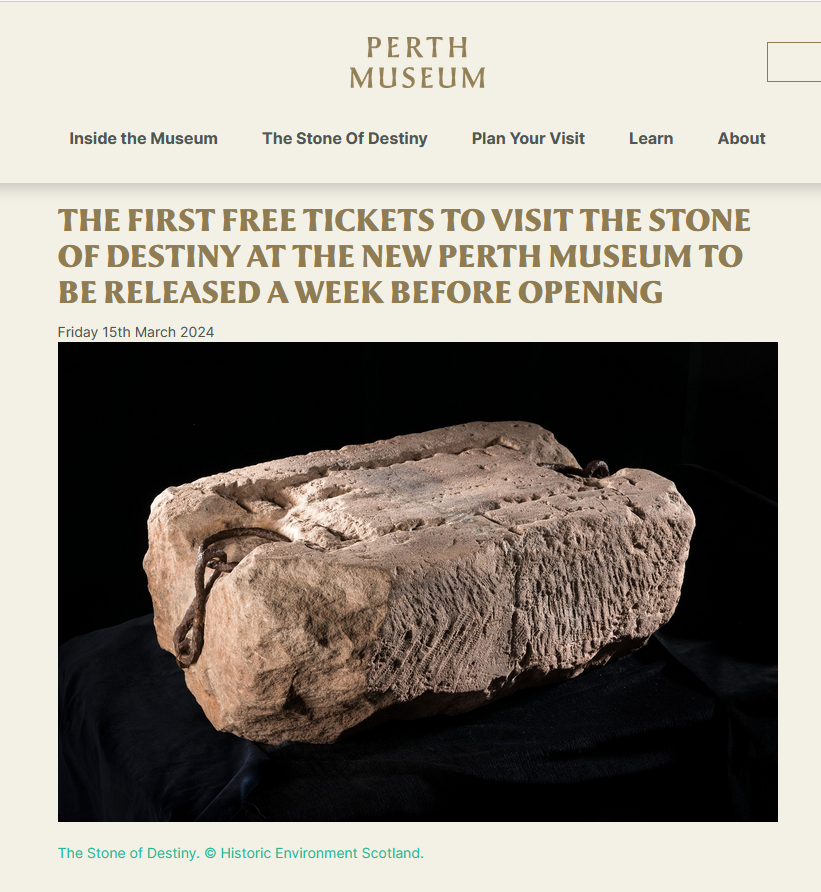
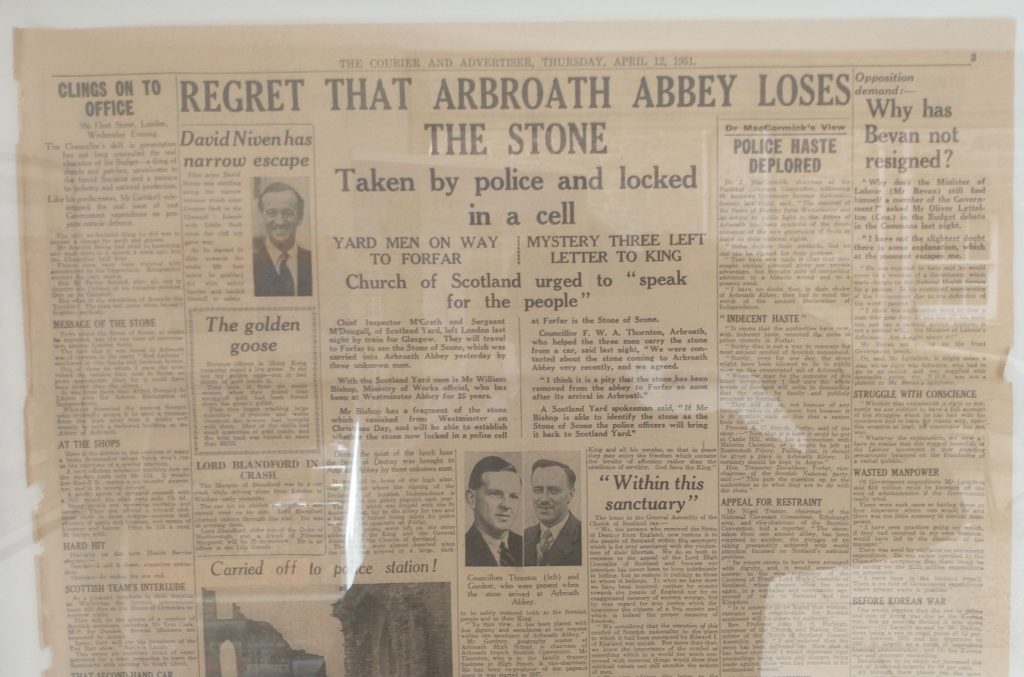
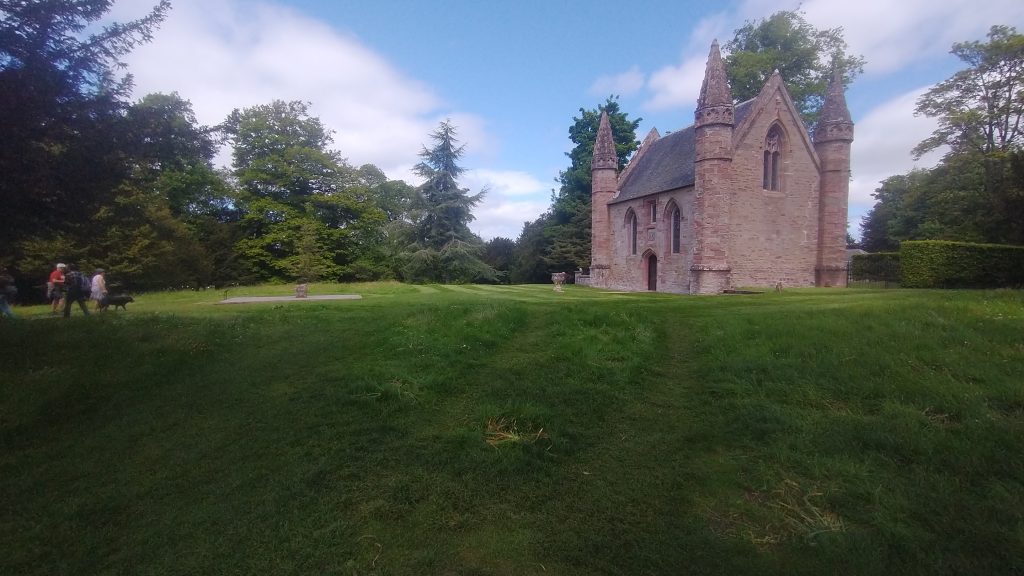
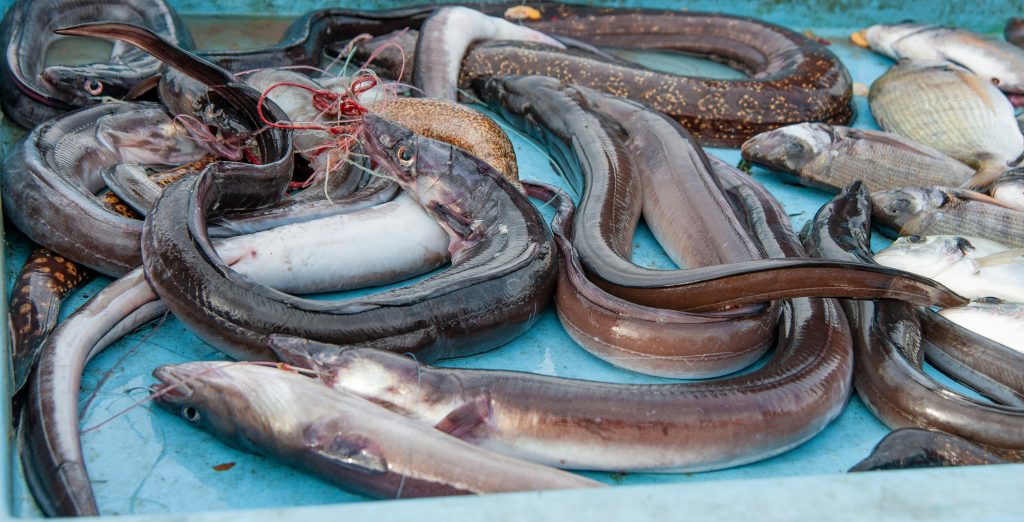
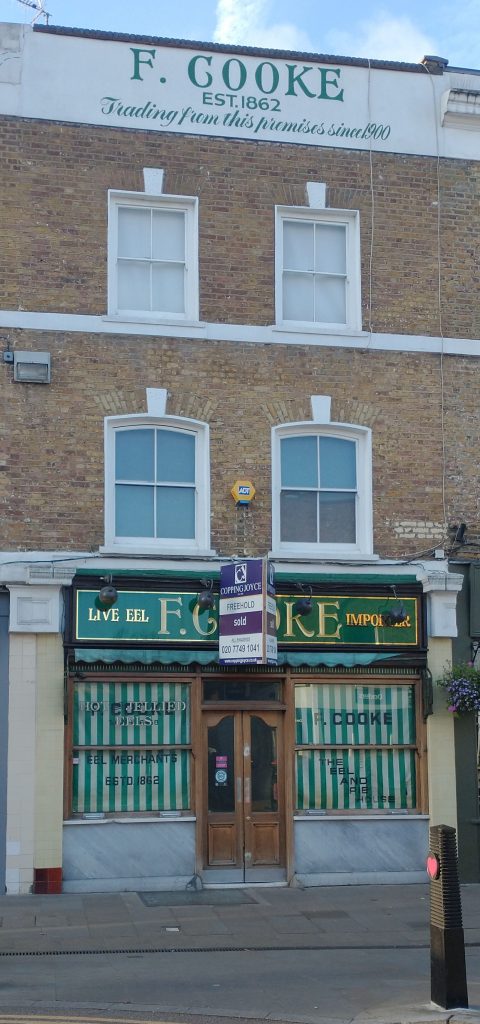
![By JanesDaddy (Ensglish User) - English Wikipedia - [1], CC BY-SA 3.0, https://commons.wikimedia.org/w/index.php?curid=1663124](https://www.chr.org.uk/anddidthosefeet/wp-content/uploads/2023/11/1280px-Eels_1385-1024x768.jpg)
